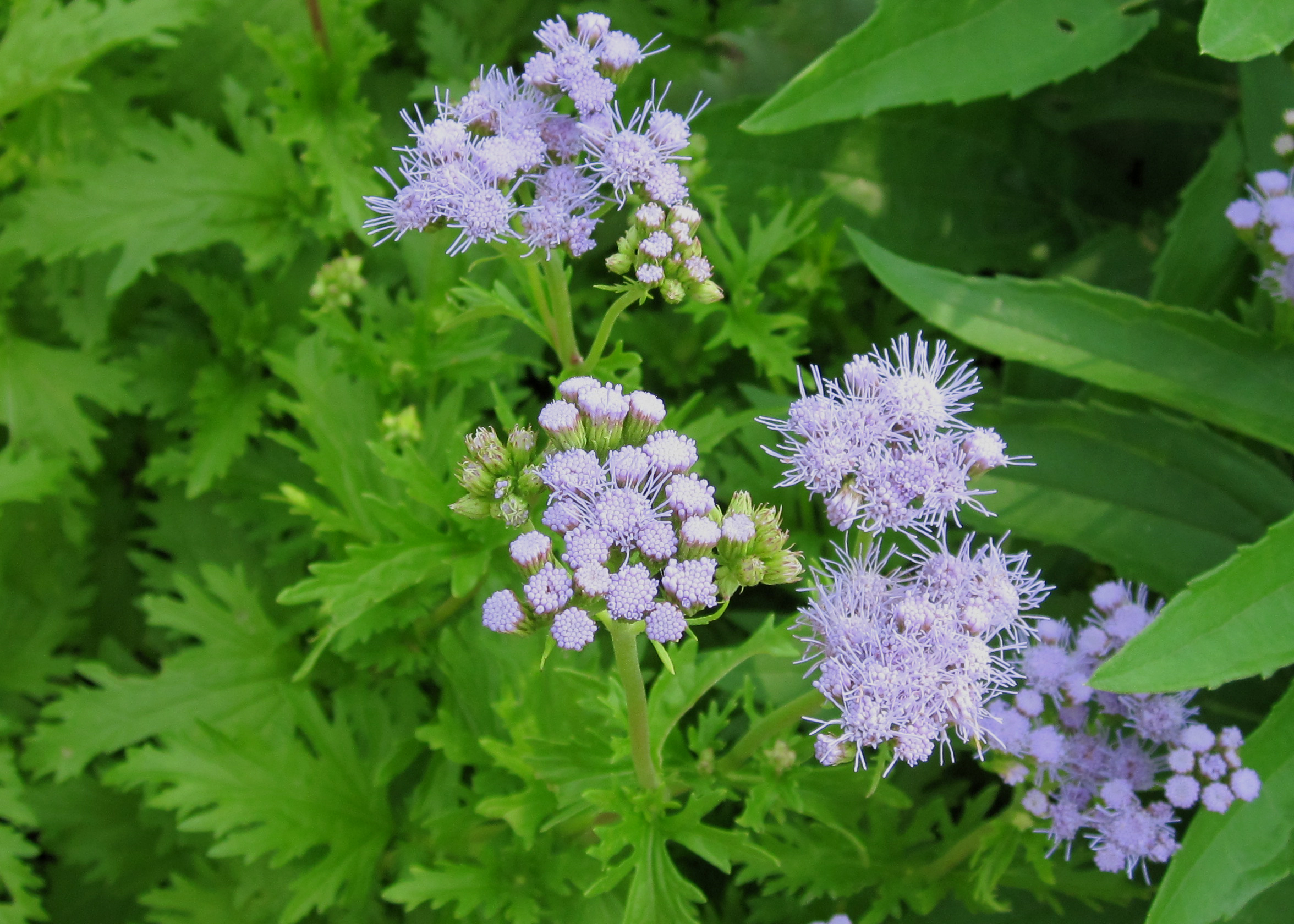Shantung Maple Tree designated as a Texas Superstar
Maple has a spreading canopy with foliage that turns red to red-orange in late fall
After nearly 12 years of state-wide testing, the Texas A&M Agriculture Program has designated the shantung maple tree as the newest Texas Superstar.
“This tree, native to northern China, is one of the finest small trees we’ve found,” said Steve George, Texas Cooperative Extension horticulturist in Dallas. “In suburban/urban areas, yards are getting much smaller because land is getting so expensive; with a mature height of 25 feet and width of 20 feet, this tree is just the right size for these smaller landscapes.”
Reminiscent of Japanese maple but with much greater toughness, this beautiful maple has a spreading canopy with foliage that turns red to red-orange in late fall.
“The shantung maple gives much the same look as a large-leaf Japanese maple, but it will grow in full hot sun, highly alkaline soil and is drought- and cold-tolerant.”
This new tree is well adapted to the eastern two-thirds of the state, including the Panhandle, but is not suited to far West Texas because of the extremely low humidity in that area.
“The tree is also known as prupleblow maple’ because for the first seven to 10 days after the new leaves first emerge, they are a light purplish-bronze color that is very attractive when they blow in the wind hence the name purpleblow,” George said.
Like any thin-barked tree species, the shantung maple trunk needs to be wrapped the first three growing seasons to prevent sun-scald. Once the trunk has built the corky outer layer, it can be unwrapped.
It is also a very EarthKind tree. George explained that Extension’s EarthKind designation is given only to thoroughly tested plant and tree materials that help create beautiful productive landscapes that require minimum maintenance while providing maximum environmental protection.
“In all the years testing this tree, it has never had a serious disease or insect problem; thus we’ve never had to spray them with a pesticide,” George added.
The Texas Superstar effort, one of Texas A&M University’s horticultural research and Extension projects, combines the expertise of university and industry leaders in identifying superior landscape plants for Texas and introducing these plants into the marketplace.
“The plants recommended are hardy, heat-tolerant, disease- and insect-resistant, and provide beauty with minimal care and minimal reliance on chemical pest control,” he said.
For more information on Texas Superstars, go to www.texassuperstar.com.






